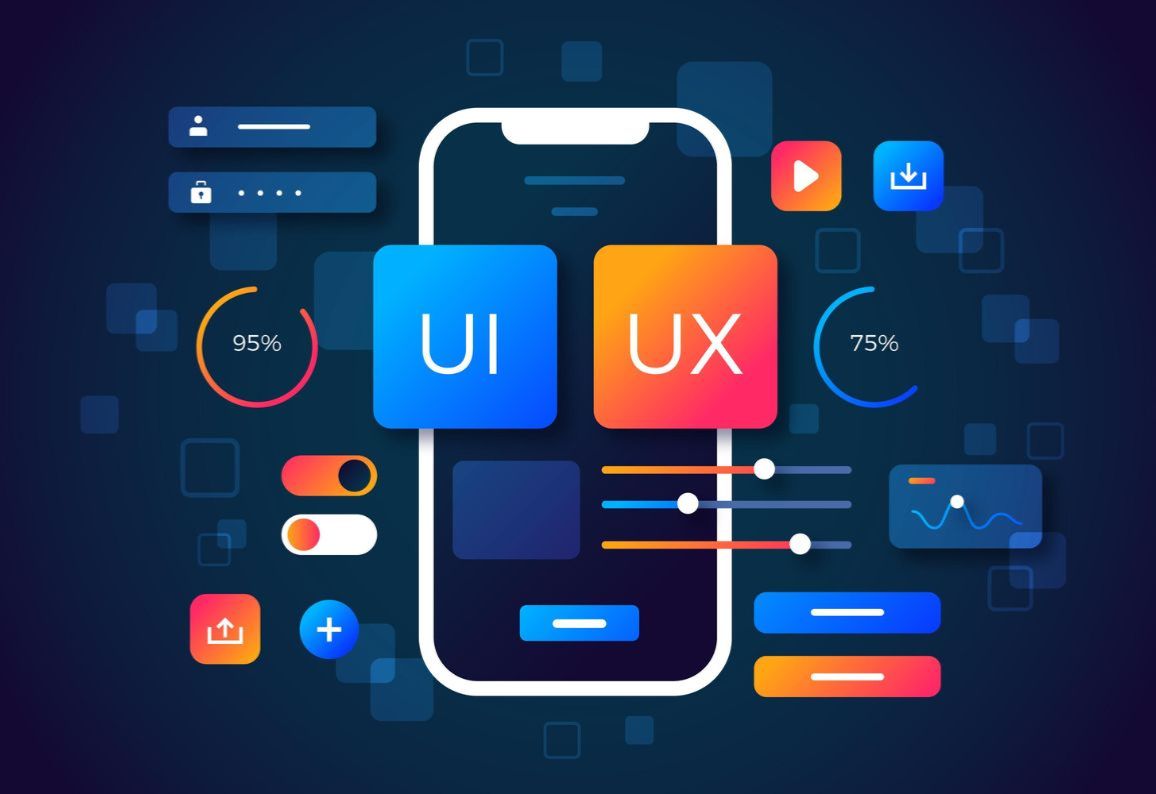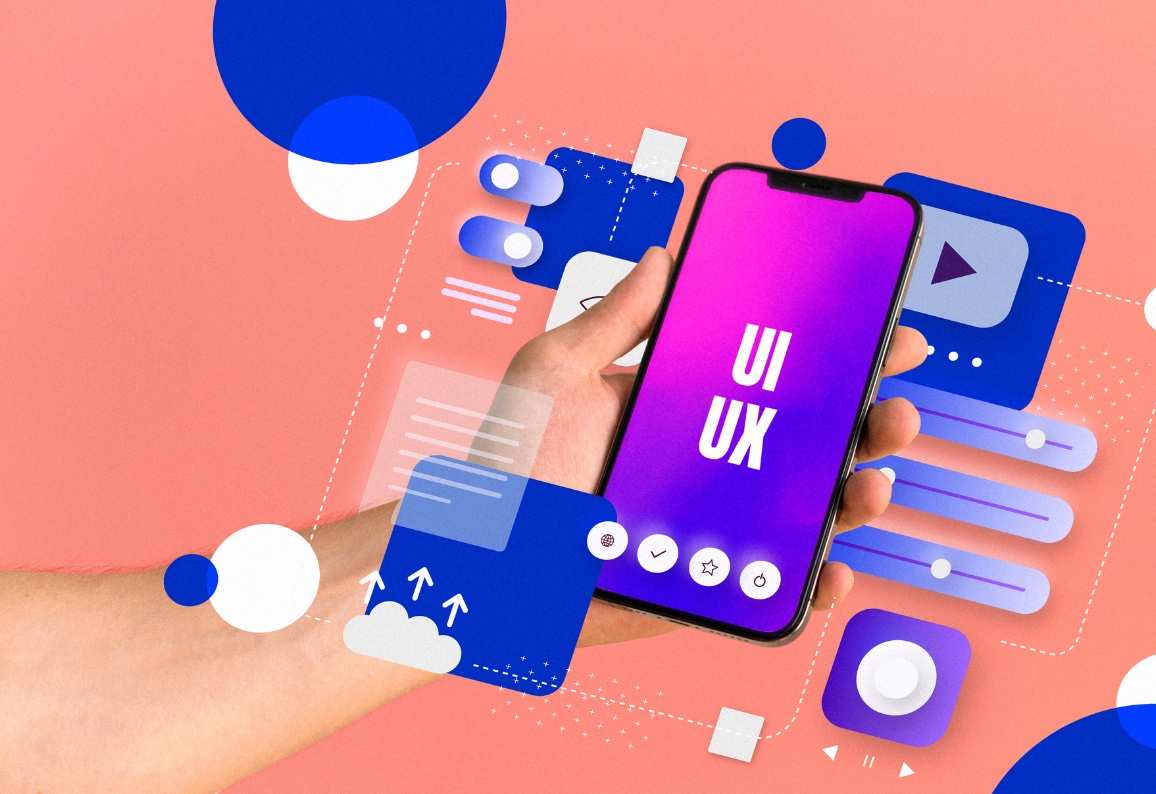UI/UX design in 2025 will emphasize AI-driven personalization, touchless interactions, and immersive 3D/AR experiences. Trends like dynamic dark mode, microinteractions, and biometric authentication will enhance engagement and security. Sustainable and ethical design will ensure energy-efficient, inclusive digital experiences.
Future-Forward UI/UX Design Trends for 2025
UI/UX design is evolving faster than ever, blending cutting-edge technology with user-centric innovation. In 2025, staying ahead means embracing trends that enhance engagement, accessibility, and personalization. Let’s dive into the most impactful UI/UX design trends that will shape the digital world in the coming year.
1. AI-Driven Hyper-Personalization
Artificial intelligence is revolutionizing design, enabling interfaces to learn, adapt, and respond to user behavior in real time. Expect ultra-customized user journeys, automated content curation, and predictive interfaces.
2. Touchless Interactions: Voice & Gesture UI
With the rise of smart devices, gesture-based navigation and voice interactions are becoming mainstream. This shift improves accessibility and simplifies digital experiences.
3. Dynamic Dark Mode Enhancements
Dark mode is evolving into an intelligent feature with adaptive contrast, enhanced readability, and seamless transitions, reducing eye strain and improving user comfort..
4. Immersive 3D & Augmented Reality (AR)
The integration of 3D elements and AR will elevate user engagement, making digital experiences more tangible and interactive. Expect realistic product demos and virtual try-ons.
5. Subtle Yet Impactful Microinteractions
Refined animations and microinteractions will enhance user feedback, making digital interactions feel more natural and engaging.
6. Prioritizing Inclusive & Accessible Design
Designing for all users, regardless of ability, is a priority. UI/UX trends in 2025 will emphasize accessibility through color contrast, voice-assist navigation, and customizable interfaces.
7. The Rise of Neumorphism 2.0
Neumorphism blends minimalism with soft, tactile aesthetics, creating interfaces that feel intuitive and realistic without overwhelming users.
8. Context-Aware User Journeys
Adaptive design will go beyond personalization, responding dynamically to users’ locations, moods, and interactions to deliver highly relevant experiences.
9. Biometric Security & Seamless Authentication
Forget passwords—biometric authentication will dominate, providing users with frictionless and secure experiences.
10. Sustainable & Ethical UI/UX Practices
Digital sustainability is gaining traction, with designers prioritizing energy-efficient layouts, ethical data use, and mental well-being-focused UI elements.
Wrapping Up: The Future of UI/UX in 2025
The coming year will bring unprecedented innovation in UI/UX design, blending technology with user-centric principles. Businesses and designers who embrace these trends will craft intuitive, immersive, and meaningful digital experiences.







